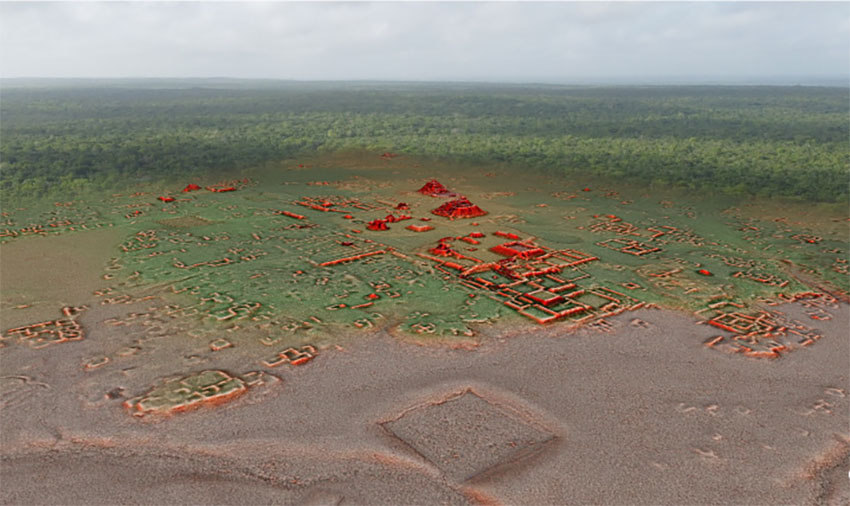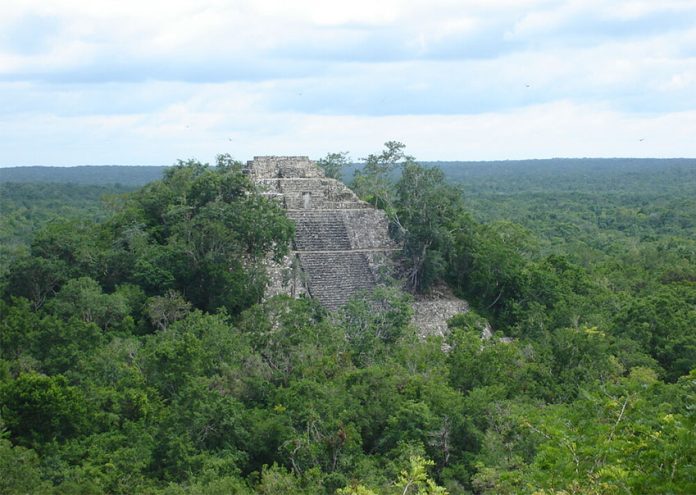A laser imaging survey of the Calakmul Biosphere in Campeche has discovered the immense urban sprawl of the ancient capital of the Kanu’l dynasty, as part of a joint research project by the National Institute of Anthropology and History (INAH) and the Bajo Laberinto Archaeological Project.
The findings were shared on the INAH YouTube channel on Tuesday by INAH Director Diego Prieto along with the international team of researchers including Dr. Kathryn Reese-Taylor, a professor at the University of Calgary and director of the Bajo Laberinto Archaeological Project, and Adriana Velazquez Morlet, state director of INAH in Campeche. Both experts received funding from the Social Sciences and Humanities Research Council of Canada to conduct the survey using a 3-D laser scanning technique known as LiDAR.
In the broadcast, Dr. Reese-Taylor and archaeologist Velázquez Morlet, detailed that the team imaged a 95 km area of the ancient Maya city revealing residential apartment buildings — some made up of more than 60 individual structures — which served as households for large extended families and affiliated members. The sprawling residential complexes are grouped around numerous temples, sanctuaries, and possible markets.
“The magnitude of landscape modification may have equaled the scale of urban population, as all available land was covered with water channels, terraces, walls, and dams, to provide maximum food security and sufficient water for city dwellers,” they said. The new discoveries confirm that Calakmul was one of the largest cities in America around the year A.D. 700.

The discoveries confirm and add to the findings of investigations carried out in the 1980s and 1990s, which estimated that the city must have been home to a large population during the heyday of the Kanu’l lineage based on the enormous number of structures that had been discovered thus far.
Calakmul was declared a UNESCO World Heritage site in 2002 based on both its cultural and natural value. It’s well-preserved structures paint a vivid picture of life in an ancient Maya capital.
With reports from INAH and El Economista
